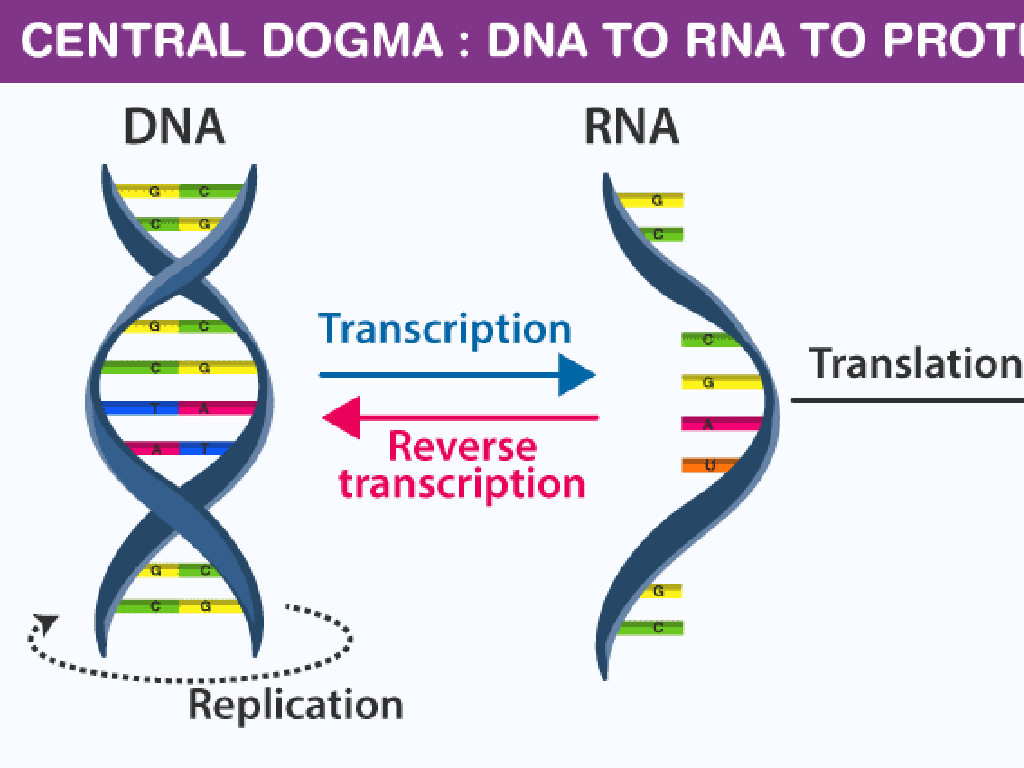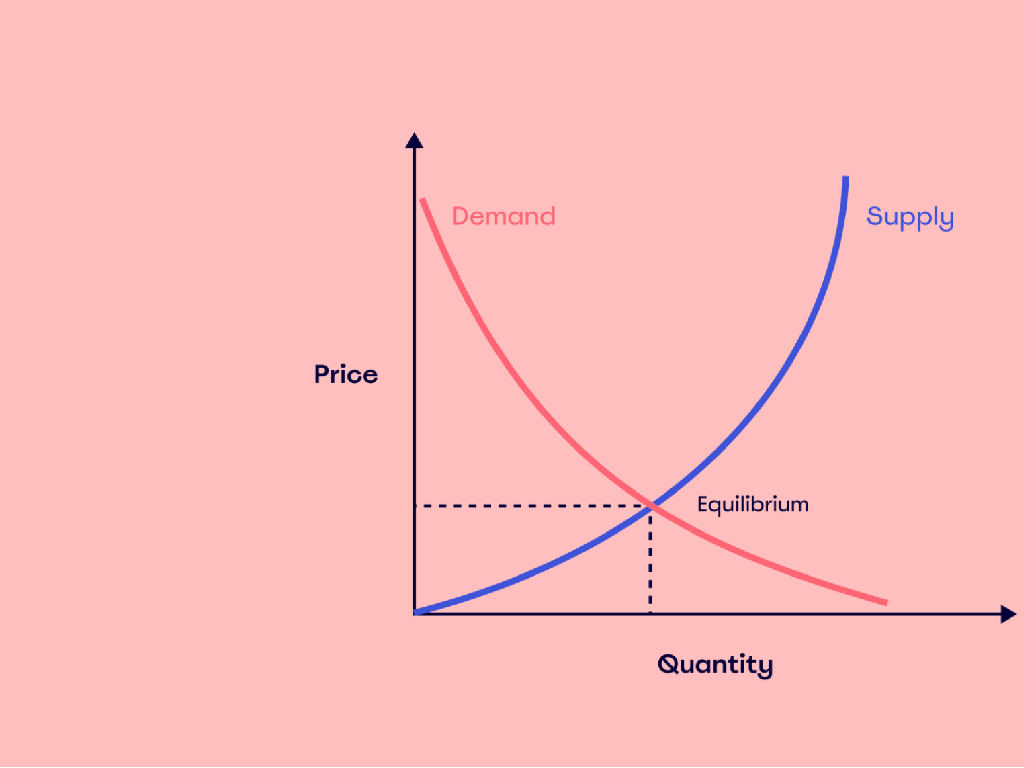Choose The Number That You Hear - Up To 7
Subject: Math
Grade: Kindergarten
Topic: Numbers And Counting To 7
Please LOG IN to download the presentation. Access is available to registered users only.
View More Content
Welcome to Numbers!
– Greet our little mathematicians
– Today’s focus: Numbers up to 7
– Playing with numbers is fun
– Numbers help us count things like toys or cookies!
– Show fingers for numbers 1 to 7
– Can you hold up 1, then 2, then 3 fingers, and so on?
|
This slide is designed to introduce Kindergarten students to the concept of numbers and counting up to 7 in a playful and engaging way. Start the class with a warm welcome and address the students as ‘little mathematicians’ to create a sense of excitement about math. Encourage the children to participate by showing their fingers for each number as you count together from 1 to 7. This activity helps them visualize and understand the quantity each number represents. Make sure to praise their efforts and keep the atmosphere light and fun. You can also incorporate counting objects in the classroom or use illustrations to reinforce the concept.
What Are Numbers?
– Numbers help us count
– Numbers tell us how many items we have
– Numbers are used daily
– Think of how many toys or cookies you have
– Counting together 1 to 7
– We’ll practice counting out loud as a class
– Recognizing numbers by listening
|
This slide introduces the concept of numbers to Kindergarten students, emphasizing their role in counting and everyday use. Start by explaining that numbers help us understand how many things we have, like toys or cookies. Reinforce the idea that numbers are a part of our daily lives. Engage the class by counting together from 1 to 7, ensuring they understand the sequence. Finally, introduce the concept of recognizing numbers by listening to them, which will be practiced in subsequent activities. Encourage participation and make sure to praise the students for their efforts to create a positive learning environment.
Learning the Number 1
– This is the number 1
– Can you find 1 toy?
– Look around the room for a single toy
– Let’s say ‘one’ together
– Repeat the word ‘one’ as a class
– Practice counting to 1
– Counting one item reinforces the concept of ‘one’
|
This slide introduces the concept of the number 1 to Kindergarten students. Start by showing them the numeral and saying the number out loud. Then, engage the students in a fun activity by asking them to find one toy in the classroom, which helps them associate the number with a quantity. Have the class say ‘one’ together to reinforce auditory learning. Finally, practice counting to one with different single items to solidify their understanding of the number 1. This activity encourages participation and helps students begin to understand the concept of counting and quantity.
Learning the Number 2
– This is the number 2
– Clap hands 2 times
– Clap once, then clap again. That’s 2 claps!
– Everyone say ‘two’!
– Practice counting to 2
– Start at 1 and then add one more to get to 2.
|
This slide is focused on introducing the concept of the number 2 to Kindergarten students. Start by showing them the number and saying it out loud. Then, engage the students in a physical activity by asking them to clap their hands two times to associate the number with the action. Encourage them to say the word ‘two’ aloud to reinforce auditory learning. Finally, practice counting to 2 starting from 1, to help them understand the sequence of numbers. This interactive approach helps children grasp the concept of the number 2 through repetition and multisensory learning.
Learning the Number 3
– This is the number 3
– Number 3 is between 2 and 4
– Can you jump 3 times?
– Jumping helps us count physically
– Let’s all say ‘three’!
– Saying numbers aloud reinforces learning
|
This slide is focused on the number 3. Start by showing the number 3 visually and explaining that it comes after 2 and before 4. Engage the students in a physical activity by asking them to jump three times; this helps them associate the concept of the number with an action. Encourage the children to say the number ‘three’ aloud together to reinforce auditory learning. For children who may struggle, provide additional support by counting along with them and offering praise for their efforts. This interactive approach helps solidify their understanding of the number 3 through movement, visual, and auditory reinforcement.
Learning the Number 4
– This is the number 4
– Four is one more than three
– Can you touch 4 blocks?
– Find and touch 4 blocks in the classroom
– Let’s all say ‘four’!
– Practice pronouncing the number together
|
This slide is focused on helping Kindergarten students recognize and understand the number 4. Start by showing them the numeral 4 and explaining that it is one more than three. Then, engage the students in a hands-on activity by asking them to find and touch 4 blocks, which helps them associate the number with a physical quantity. Encourage the children to say the number ‘four’ aloud together to reinforce auditory learning and pronunciation. This interactive approach helps solidify their understanding of the number 4 through visual, tactile, and auditory learning styles.
Learning the Number 5
– This is the number 5
– Show me 5 fingers
– Hold up one hand, show all fingers
– Let’s all say ‘five’!
– Practice pronouncing the word ‘five’
– Counting to 5 together
– Use objects or images to count up to 5
|
This slide is focused on introducing the number 5 to Kindergarten students. Start by showing the numeral 5 and saying it out loud. Encourage the children to hold up five fingers to visually represent the number. Have the class repeat the word ‘five’ after you to practice pronunciation. Finally, engage the students in a counting activity where they count from 1 to 5 using objects or images to reinforce the concept. This interactive approach helps children associate the numeral with the quantity it represents and aids in memorization through repetition and visual aids.
Learning the Number 6
– This is the number 6
– Spot 6 dots on the dice
– Look for a dice image with 6 dots
– Practice saying ‘six’
– Repeat the word ‘six’ after the teacher
– Count to 6 together
– Use fingers to count from 1 to 6
|
This slide is focused on helping Kindergarten students recognize and practice the number 6. Start by showing them the number 6 and then a dice with 6 dots. Ask the students if they can spot the 6 dots to visually associate the quantity with the numeral. Encourage the class to say ‘six’ out loud together to reinforce auditory learning. Finally, lead the class in counting to 6 using their fingers, which helps with kinesthetic learning. This multi-sensory approach caters to different learning styles and helps solidify the concept of the number 6 in young learners’ minds.
Learning the Number 7
– This is the number 7
– Rainbow with 7 colors
– Can you name 7 colors to make a rainbow?
– Practice saying ‘seven’
– Repeat after me: ‘seven’, ‘seven’, ‘seven’
– Counting to 7 together
– Let’s count: 1, 2, 3, 4, 5, 6, seven!
|
This slide is designed to introduce Kindergarten students to the number 7. Start by showing them the numeral 7 and explaining that it is the number after 6. Use the example of a rainbow to make the learning process fun and colorful, asking them to think of 7 different colors. Engage the class by having them say ‘seven’ out loud multiple times to practice pronunciation. Finally, lead the class in counting from 1 to 7 to reinforce their understanding of the sequence of numbers leading up to 7. This interactive approach helps students associate the number with objects and actions in their environment, solidifying their comprehension.
Listening Game: Choose the Number You Hear
– Let’s play a fun listening game
– I will say a number out loud
– You choose the correct number
– If I say ‘four’, find and choose the number 4
– Get ready to listen and select
|
This slide introduces a listening game designed to help Kindergarten students recognize and understand numbers up to 7. The teacher will say a number between 1 and 7, and the students will choose the corresponding number visually. This activity helps reinforce auditory number recognition and supports the development of listening skills. For the activity, prepare different numbers on cards or a digital tool. Make sure to speak clearly and give students enough time to find and choose the number. You can make the game more engaging by using a cheerful voice, varying the tone, and praising correct answers. Possible variations of the activity could include using a song, having students close their eyes to focus on listening, or turning it into a competition to see who can find the number first.
Let’s Match Sounds to Numbers!
– Listen to the number sounds
– Show the number with fingers
– ‘Three’ means 3 fingers
– Example: If ‘three’ is heard, three fingers go up!
– Practice with numbers up to 7
– Get ready to use your fingers for numbers 1 to 7
|
This interactive class activity is designed to help Kindergarten students associate auditory cues with visual representations of numbers. Play a sound clip of a number being spoken and ask the students to respond by holding up the corresponding number of fingers. This exercise reinforces number recognition and counting skills. For differentiation, consider varying the activity by asking students to jump a certain number of times or clap their hands to match the number they hear. Encourage participation and praise efforts to build confidence. This activity can be repeated with different cues and in different orders to ensure understanding.
Great Job: Number Crafts Activity!
– Praise for listening and counting
– Introduction to number crafts
– We’ll make crafts that show numbers up to 7
– Using paper and stickers
– Each sticker will represent a number you’ve heard
– Create your own number masterpiece
– Stick them on paper to form numbers 1 to 7
|
This slide is designed to celebrate the children’s success in listening and counting, and to transition into a hands-on activity that reinforces their number recognition skills. The activity involves creating number crafts, which will help the students to associate the numbers they hear with a visual representation. Provide them with paper and stickers, and guide them to create the numbers 1 through 7 using the stickers. This activity not only solidifies their understanding of numbers but also allows them to express their creativity. Encourage each child to count out loud the stickers they are using to create each number. After the activity, have a show-and-tell where each student can present and explain their number craft.






